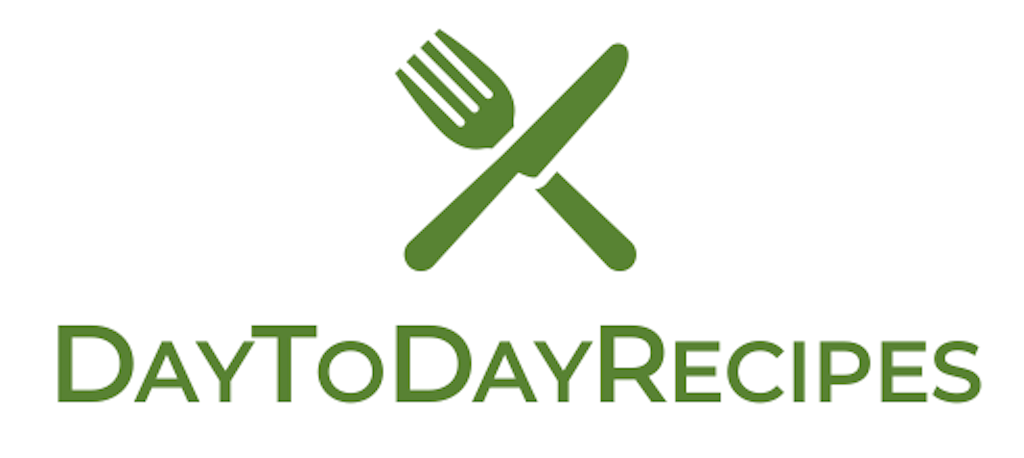Convert ounces to cups
Whether using US or Imperial measurements, with our online calculator. Determine the equivalent number of cups for a specified amount of ounces, whether it’s for water, milk, flour, butter, sugar, salt, or any other recipe ingredient. Simplify your cooking and baking experience by effortlessly following recipes with the aid of our conversion tool.
Understanding Ounces and Cups in Culinary Measurements
The ounce (oz) is a unit of weight predominantly used in the UK and former British colonies, encompassing countries like the US, UK, Australia, and New Zealand. Its standardization occurred in the 20th century, and it is now officially defined as equivalent to 28.35 grams.
Conversely, the cup serves as a volume measurement. In recipes, one might come across two primary definitions of the cup. The more prevalent one is the US legal cup, which holds 240 ml. An older, yet still occasionally used variant, is the Imperial cup, with a capacity of 284 ml. Our conversion tool supports both of these measurements.
It’s essential to note that converting weight (ounces) to volume (cups) isn’t always straightforward. Such a conversion demands the incorporation of an ingredient’s density, which can only be approximated based on averages. Utilizing volume-based measurements can introduce a degree of uncertainty in recipes, especially when precision is paramount, as in the case of sweets and desserts. When possible, it’s advisable to rely on weight measurements, using a kitchen scale for accuracy.
Deciphering the Ounces-to-Cup Ratio
The number of ounces in a cup varies based on the ingredient in question, as the weight is directly proportional to its density. For instance, a cup of water typically weighs around 8.5 ounces. In contrast, a cup of vegetable oil weighs approximately 7.7 ounces. This means that if you pour 7.7 ounces of oil, it will fill a cup, but 8.5 ounces of water will surpass the cup’s brim slightly.
To accurately determine the number of ounces in a cup for a specific ingredient, you’ll need to know its density. Once you have that information, you can divide the volume by the density to derive the weight. However, this process can be cumbersome, involving both research and calculations. Our oz-to-cups converter streamlines this for you, provided the ingredient is on our supported list.
Frequently Asked Questions About Ounces to Cups Calculator
Why is it important to use accurate measurements in cooking and baking?
Answer: Precise measurements are crucial, especially in baking, because even small deviations can significantly affect the final product’s texture, taste, and appearance. For example, too much baking powder can cause a cake to rise too quickly and then collapse, while too little salt in a dish can render it bland. Using a conversion tool ensures consistency and accuracy in recipes.
Can I always interchange volume (like cups) and weight (like ounces) measurements in recipes?
Answer: Not always. While some ingredients can be interchanged between volume and weight with reasonable accuracy, others, like flour, can vary significantly based on factors like packing and humidity. When a recipe specifies a weight, it’s best to use a scale for precision. A conversion tool can be handy, but always consider the nature of the ingredient and the required precision.
How do I handle conversions for ingredients not listed in the conversion tool?
Answer: For ingredients not listed, it’s best to consult a reliable and comprehensive ingredient-specific conversion chart or guide. Remember, the density of each ingredient varies, so a generalized conversion might not yield accurate results.
Is there a significant difference between the US cup and the Imperial cup in recipes?
Answer: Yes, there is a notable difference. The US legal cup is 240 ml, while the Imperial cup is 284 ml. This difference can impact the outcome of a recipe, especially in dishes that require precise measurements. Always ensure you’re using the correct cup measurement as specified in the recipe or use a conversion tool to adjust accordingly.
Can I rely solely on a conversion tool for all my cooking and baking needs?
Answer: While a conversion tool is incredibly helpful and can simplify the cooking and baking process, it’s essential to combine it with good judgment and familiarity with the ingredients. Sometimes, adjustments based on taste, appearance, or texture might be necessary, especially when scaling up or down a recipe. Always taste and adjust as needed.


